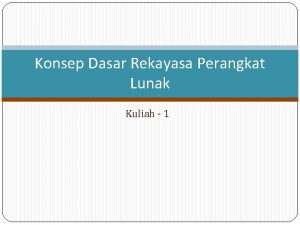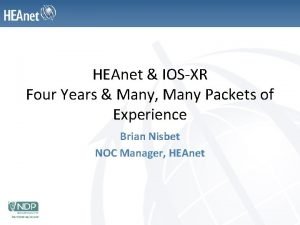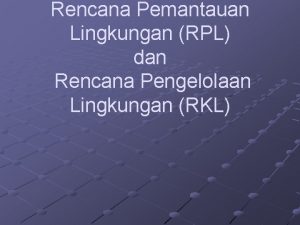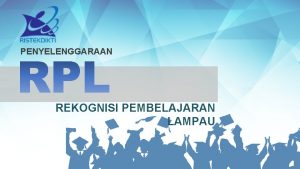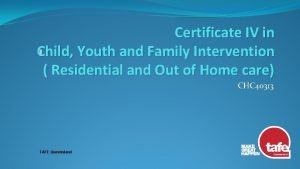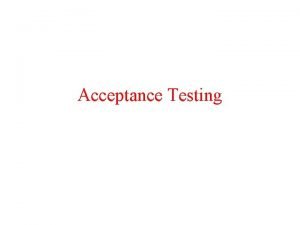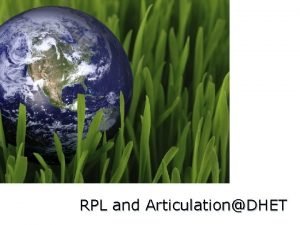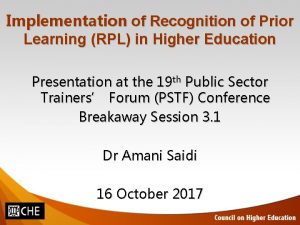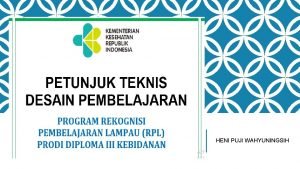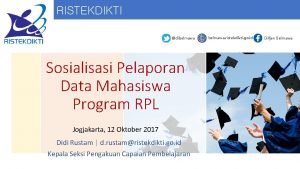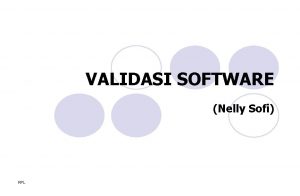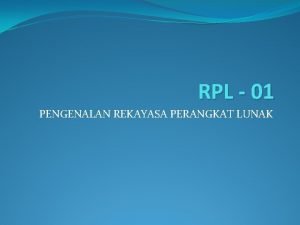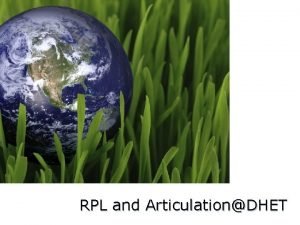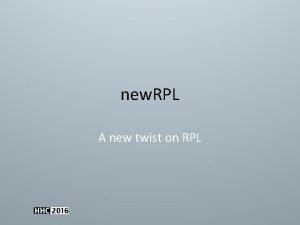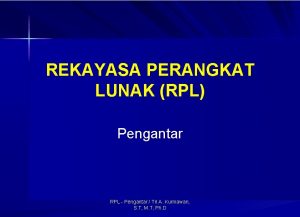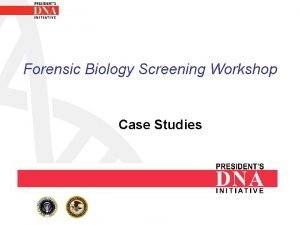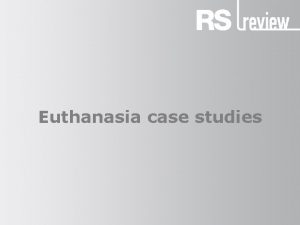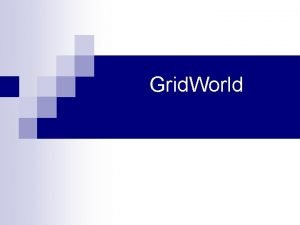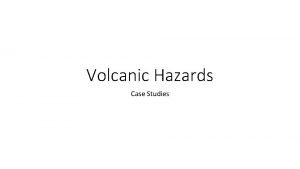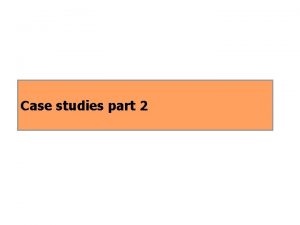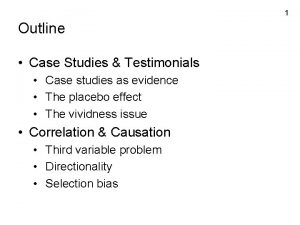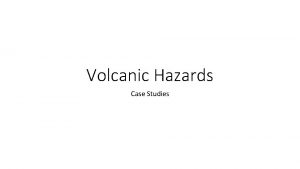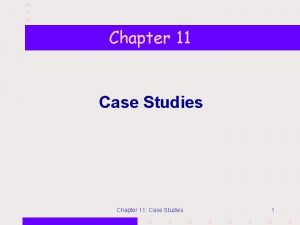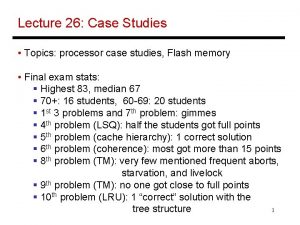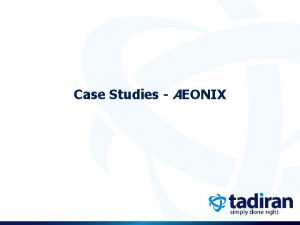RPL and ArticulationDHET RPL stages and case studies


















- Slides: 18

RPL and Articulation@DHET

RPL stages and case studies Principles Building Bocks Articulation and RPL Descriptions Regulatory Environment Trends impacting A and RPL and Articulation@DHET Themes in the presentation Strategic Objectives

Articulation and RPL : Strategic objectives To contribute to the development of equitable and feasible quality assurance systems for lifelong learning and career development pathways by ……. . developing credible policies for world class articulation and RPL systems for South Africa ……. . identifying and contributing to new and critical thinking related to Articulation and RPL through practice ……. . providing advice, guidance, support and collaborating with stakeholders and partners, ……. . actively participating in, and contributing to, best national, continental and international practice related to Articulation and RPL ……. . conducting RPL assessments, validation and awards employers, education and training institutions and other interested parties RPL and Articulation@DHET

Repositioning of Articulation and RPL Comprehensive resource-driven approach Recognition of the complexity of Articulation and RPL systems Quality assurance of RPL provisioning Recognition that barriers to the implementation of Articulation and RPL exist National coordination of Articulation and RPL and Articulation@DHET

Articulation descriptions Linkages between its different parts; there should be no silos, no dead ends. A ‘joined up’ system incorporating qualifications, professional designations, policies aligned to and supportive of, learning and work pathways. Structuring or aligning qualifications to enable progression in practice Pathways followed by individuals as they progress in their learning and work RPL and Articulation@DHET

RPL Descriptions Acquisition of skills, knowledge, experience and competence built up through non formal and Acquired in workplaces, informal means communities, apprenticeships, internships, family environments Individuals learn everywhere and all the time throughout life Giving value to corresponding learning outcomes in qualifications and PQs. RPL is a systematic, rigorous and consistent process to evaluate all sorts of learning and can demonstrate a claim for such learning. About what an individual knows, can do, regardless of how, when, with whom and where the learning occurred RPL and Articulation@DHET

Articulation and RPL Policy Relationships DBE General and Further Education and Training Quality Council (Umalusi) Assessment DHET: Articulation and RPL Policies Council on Higher Education (CHE) Assessment, CAT and RPL SAQA CAT and RPL Other Government departments Quality Council for Trades and Occupations (QCTO) RPL policy Statutory and non -statutory professional bodies Policies Sector Education and Training Authorities Policies Providers: Policies Beneficiaries: Employees; students; citizens etc. RPL and Articulation@DHET National Skills Authority

Articulation and RPL Policy The RPL Coordination Policy (DHET) SAQA National RPL Policy CHE Assessment, CAT and RPL Policy QCTO RPL policy Artisan RPL policy Institutional RPL policies and SADC Regional RPL guidelines RPL and

National Qualifications Framework General and Further Education and Training Qualifications Sub. Framework Sub-framework and qualification types 10 Doctoral Degree (Professional) * 9 Master’s Degree (Professional) * 8 Bachelor Honours Degree Postgraduate Diploma Bachelor’s Degree Occupational Certificate (Level 8) 7 Bachelor’s Degree Advanced Diploma Occupational Certificate (Level 7) 6 Diploma Advanced Certificate Occupational Certificate (Level 6) 5 Higher Certificate Occupational Certificate (Level 5) 4 National Certificate Occupational Certificate (Level 4) 3 Intermediate Certificate Occupational Certificate (Level 3) 2 Elementary Certificate Occupational Certificate (Level 2) 1 General Certificate Occupational Certificate (Level 1) RPL and Occupational Qualifications Sub-Framework Higher Education Qualifications Sub. Framework Level

TRENDS IMPACTING ON THE DEVELOPMENT OF NQFs • Fullan (2001): significant impact of societal, workforce, economic, political and geo-political changes • Ernst and Young (2012: 4): Democratization of knowledge and access, contestability of markets and funding, digital technologies, global mobility, and integration with industry. • Adegbija: The Digital Revolution: e-education, e-learning or open and distance learning” m-learning (mobile technologies) - “the paradigm shift, general acceptance of the new move or model in global technological education, government policies and massive enrolment for e-education and e-learning should be sustained” • Leber: Massive open online courses and open education resources: MOOCs in India and Rwanda. • Chakroun: Labour market polarisation, migration mobility; • Youth unemployment; Climate change; Sustainable Development Goals RPL and 10

Trends… RPL and 11

Building Blocks Articulation and Quality Qualifications on the NQF Levels and Level Descriptors Notional Hours/credit values Outcomes based approach Exit level Outcomes Sub-frameworks RPL and

Principles for Articulation Both Systemic and Specific Meets the needs of the economy Addresses LLL Ensures redress, equity and inclusiveness Programmatic rather than only institutional articulation Promote value of learning outcomes achieved through different routes equally Must be done by design Straight forward and ensure accessibility RPL and

Principles for RPL Integration and comprehensiveness Systemic approach: under the LLL umbrella Inclusion and nondiscrimination Participation of all affected role players Transparent Sustainable RPL and

Common principles RPL principles cont. • • RPL is a multi-dimensional RPL is multi-contextual A holistic approach to RPL is needed Different forms of RPL may be undertaken at any given point of the learning and recognition process This applies to people already doing certain jobs and holding positions for which they have qualifications other than those currently recognised for that position. To comply with new national and internationally comparable laws and criteria, these individuals may be required legally to acquire new certification in order to continue to practice… When learners seek access to further learning, when they do not meet all the formal entrance criteria set by the institution of learning they wish to enter… RPL for access When workers, including RPL for credits RPL for advancement community workers and those currently unemployed, could for instance have acquired skills in the workplace or are self-taught and may have few or no formal qualifications and thus could consequently be barred from certain career pathways… RPL and

Building Awareness, Information and Guidance Administration and registration RPL Stages Eligibility through guidance Assessment Certification Uploads; appeals RPL and

RPL for credit Case Studies RPL for a qualification RPL for access RPL for designations RPL for promotion and Workplace recognition RPL and

Thank you RPL and Articulation@DHET
 Best case worst case average case
Best case worst case average case Paradigm shift from women studies to gender studies
Paradigm shift from women studies to gender studies Konsep rpl
Konsep rpl Ios xr rpl examples
Ios xr rpl examples Pengertian rkl dan rpl
Pengertian rkl dan rpl Pengertian rekognisi pembelajaran lampau
Pengertian rekognisi pembelajaran lampau Kebutuhan fungsional dan non fungsional
Kebutuhan fungsional dan non fungsional Cert iv in child youth & family intervention
Cert iv in child youth & family intervention V lifecycle
V lifecycle Rpl
Rpl Rpl
Rpl Rpl cit
Rpl cit Rpl
Rpl Pemetaan rpl bidan
Pemetaan rpl bidan Rpl ripple
Rpl ripple Kedudukan analisis dalam rpl
Kedudukan analisis dalam rpl Rpl
Rpl Contoh verifikasi dan validasi perangkat lunak
Contoh verifikasi dan validasi perangkat lunak Definisi rpl
Definisi rpl


